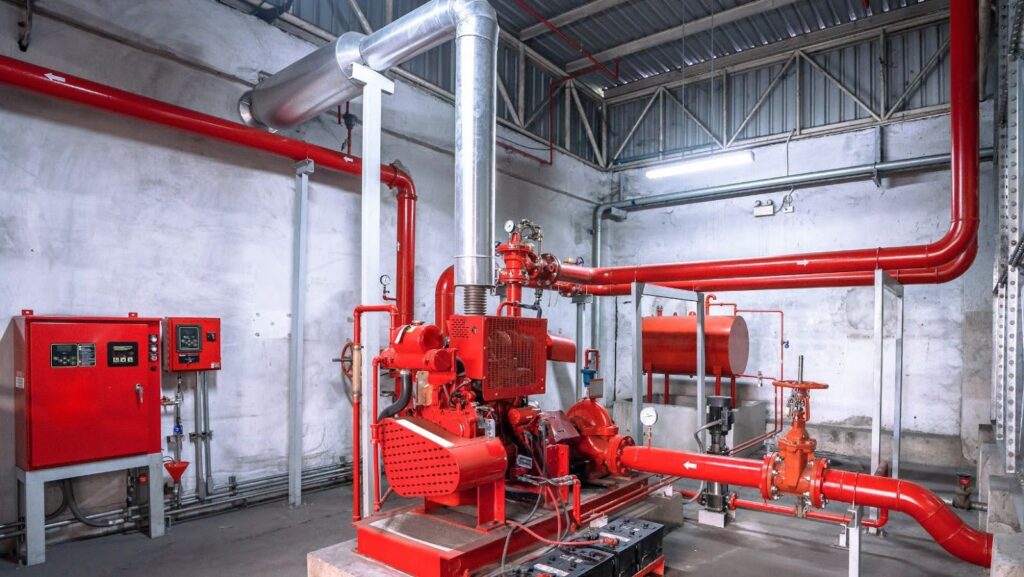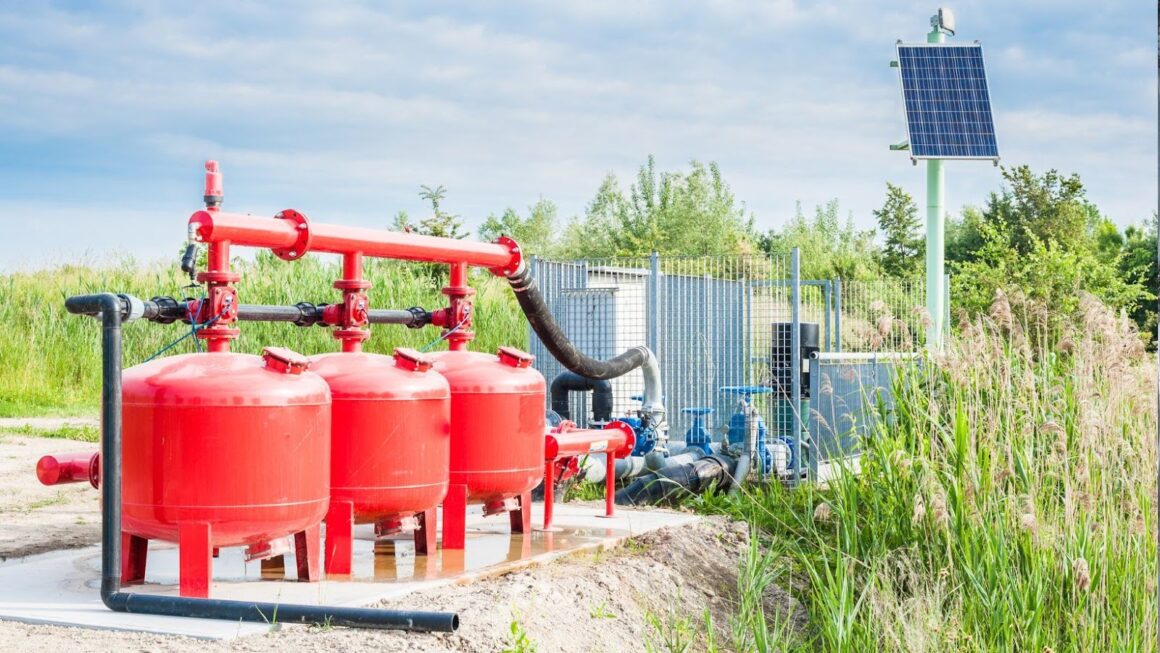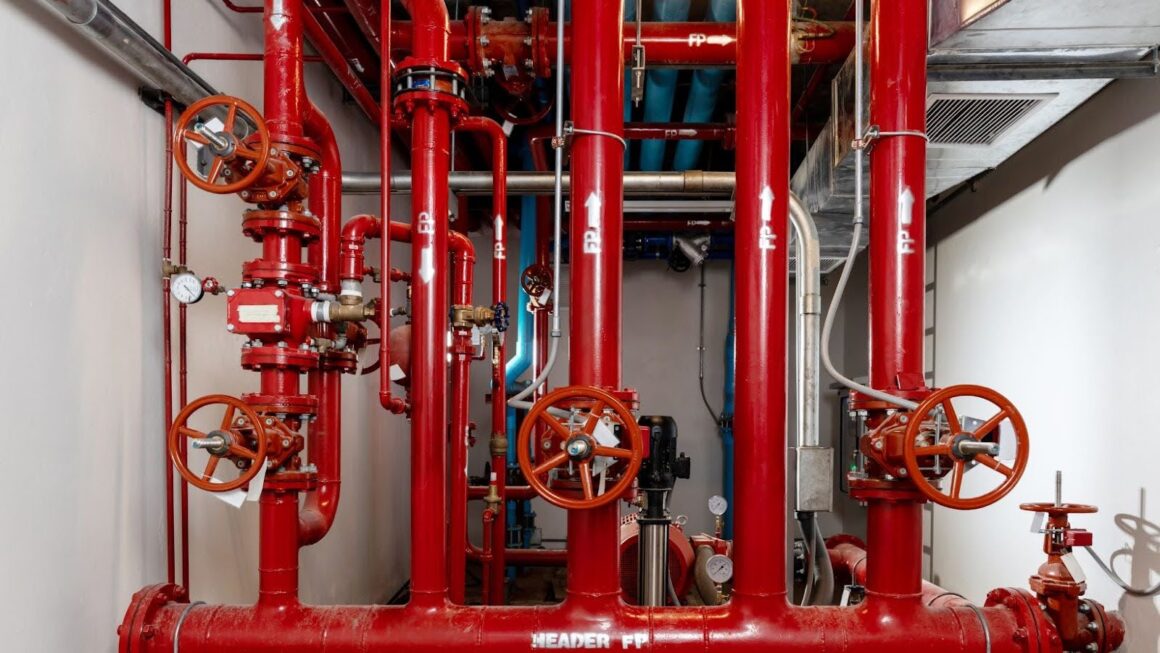
Cavitation in pump systems is a critical issue that can lead to severe damage and costly downtime. Selecting a pump with a low Net Positive Suction Head (NPSH) is a key strategy to prevent cavitation, as it ensures that the pressure in the pumping system remains above the vapor pressure, avoiding bubble formation. Reducing the installation height can also increase the inlet pressure and help mitigate this problem.
Installing a booster pump improves suction conditions, effectively preventing the low-pressure zones where cavitation might occur. Additionally, incorporating an inducer wheel is another practical solution. These approaches enhance the system’s overall performance and reliability by minimizing the risk of cavitation.
Ensuring proper maintenance and regular inspection is crucial to keeping industrial pump systems free from cavitation-related issues. By understanding the causes and implementing these prevention strategies, industries can maintain efficient and durable pumping systems. For more detailed strategies on avoiding such issues, consider reading about cavitation in pump systems.
Key Takeaways
- Select pumps with low NPSH.
- Use booster pumps and inducer wheels.
- Regular maintenance and inspection are essential.
Understanding Cavitation and Its Causes
Cavitation in industrial pump systems involves the formation and collapse of vapor bubbles in a liquid flow, which can cause significant damage to the equipment. Key factors, such as pressure and vapor pressure, play critical roles in this process.

Fundamentals of Cavitation
Cavitation begins when the local pressure of a liquid drops below its vapor pressure. This drop in pressure causes the liquid to form vapor bubbles. As these vapor bubbles move to regions of higher pressure, they collapse suddenly, releasing energy and causing potential damage to pump components.
One crucial measure is the Net Positive Suction Head (NPSH). The available NPSH (NPSHₐ) must always exceed the required NPSH (NPSHᵣ) to avoid cavitation. Ensuring an adequate NPSHₐ involves maintaining proper suction conditions and minimizing flow restrictions.
Identifying Common Causes
Common causes of cavitation include poor design or inadequate maintenance. For instance, an improperly sized pump can lead to significant pressure drops. High flow velocities and sudden changes in flow direction also contribute to cavitation by creating localized areas of low pressure.
Operating a pump too far from its design point is a frequent culprit. This misalignment can cause fluctuating pressures at the impeller, leading to vapor bubble formation. Additionally, high temperatures can lower the liquid’s vapor pressure, increasing the likelihood of cavitation.
Understanding these causes is essential for maintaining pump efficiency and longevity in industrial systems. Regular inspection and adherence to design specifications can help mitigate these risks.
Prevention and Mitigation Strategies
To prevent cavitation in industrial pump systems, focus on optimizing the design of pumps and systems, implementing effective maintenance techniques, and utilizing proper equipment and monitoring tools. These strategies directly address key issues such as pressure drop and pump efficiency, ensuring the longevity and reliability of the pumping equipment.
Optimizing Pump and System Design
Effective pump selection is critical. Choose pumps that match the specific application requirements to minimize pressure drop. Ensure that the pumps operate within their best efficiency point (BEP) to reduce cavitation risks.
System design plays a crucial role as well. Configure suction piping properly to avoid sharp bends and sudden expansions. Low NPSH (Net Positive Suction Head) designs are ideal, as they maintain sufficient pressure to prevent vapor bubbles from forming.
Using advanced impellers designed to handle varying pressure conditions can mitigate cavitation. When designing, account for the entire system layout, including piping and flow control devices, to maintain optimal fluid dynamics.
Effective Maintenance Techniques
Regular maintenance is vital for preventing cavitation. Routine inspections should include checks on the bearings, seals, motors, and drives. Pay attention to signs of wear or damage which can lead to cavitation.

Bearings and seals should be lubricated and replaced as needed to ensure smooth operation. Monitoring and replacing filters can prevent contaminants from entering the system, reducing the risk of cavitation.
Vibration analysis can detect the early stages of cavitation. Implement a schedule for these diagnostics to catch issues before they become severe. Moreover, keeping detailed maintenance logs can help track performance and identify recurring problems.
Utilizing Proper Equipment and Monitoring
Using modern instrumentation and monitoring tools is essential. Install sensors to continuously monitor pressure, flow rate, and temperature. This data helps in identifying conditions that might lead to cavitation.
Advanced drives with variable speed capabilities can adjust motor speeds to maintain optimal pump performance. By controlling the motor drives, operators can prevent pressure drops that lead to cavitation.
Implementing a robust monitoring system includes ensuring all components like suction piping are properly managed. This helps in early detection and reduces downtime. Continuous vigilance using these techniques ensures that the pump systems remain efficient and free from cavitation.
By focusing on these key prevention and mitigation strategies, industrial pump systems can maintain their efficiency and operational lifespan effectively.
Conclusion
Implementing the right strategies can greatly reduce the risk of cavitation in industrial pump systems. Choosing a pump with a low NPSH requirement, reducing installation height, and using a booster pump are effective measures.
Monitoring and maintaining optimal conditions is essential for preventing cavitation-related damage. By taking proactive steps, operators can enhance the lifespan and efficiency of their pumping systems.










